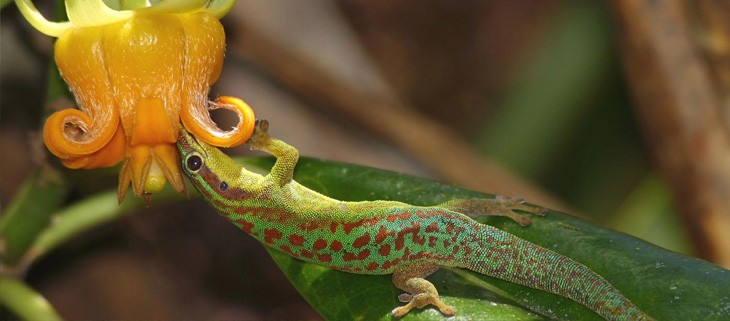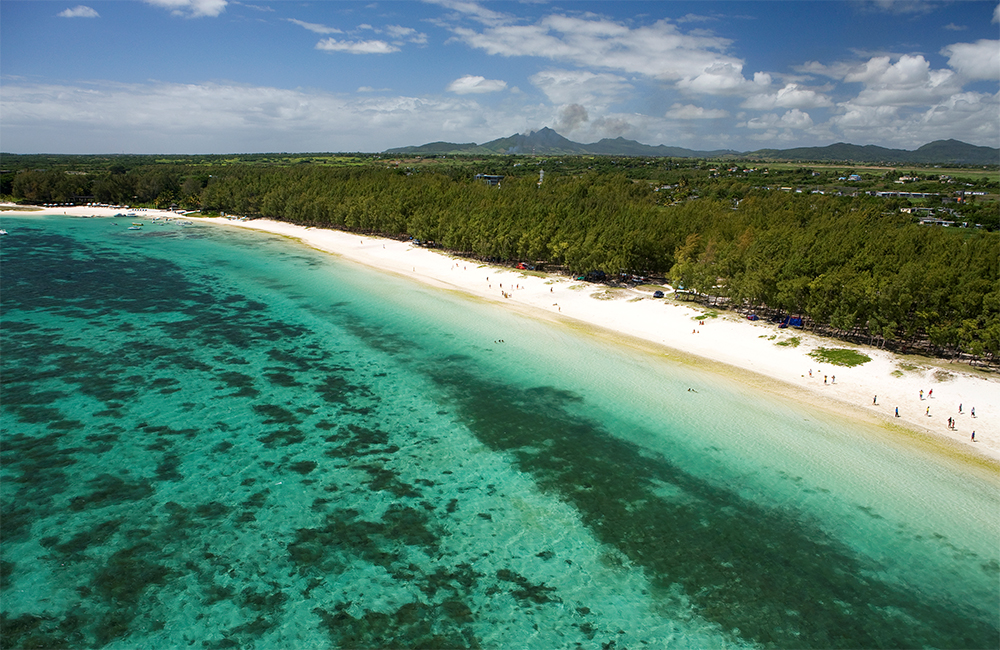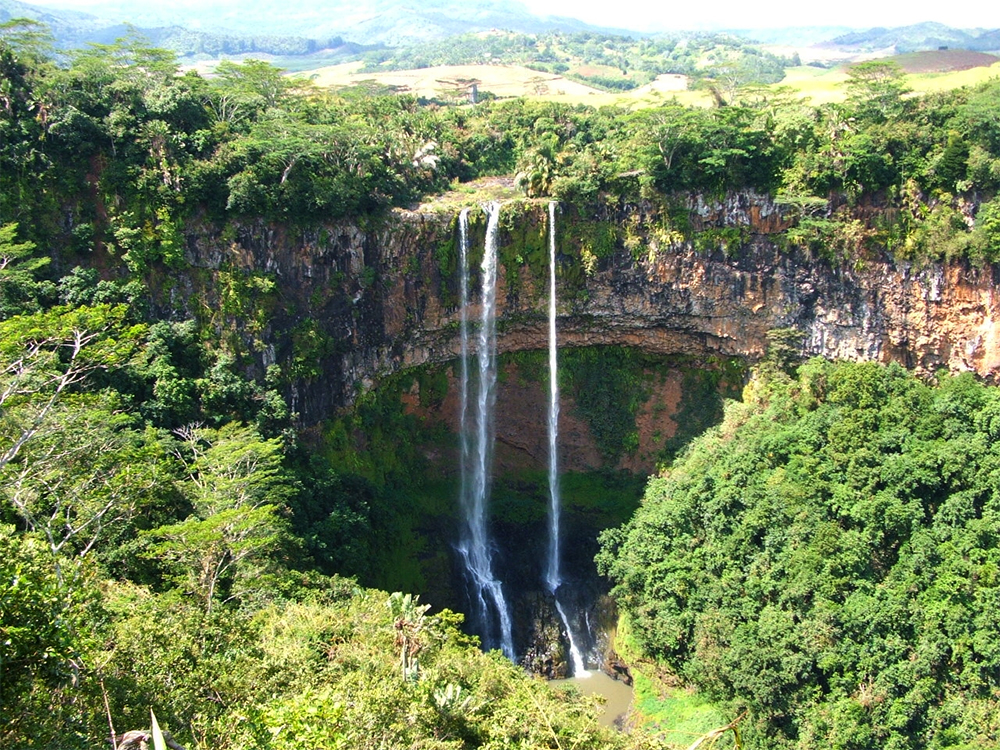May 19, 2025
UNOC 3 Position Paper
Read our position paper on The 3rd United Nations Ocean Conference (UNOC 3) to see why we're attending and what we aim to accomplish!
We use cookies to help you navigate efficiently and perform certain functions. You will find detailed information about all cookies under each consent category below.
The cookies that are categorized as "Necessary" are stored on your browser as they are essential for enabling the basic functionalities of the site. ...
Necessary cookies are required to enable the basic features of this site, such as providing secure log-in or adjusting your consent preferences. These cookies do not store any personally identifiable data.
Functional cookies help perform certain functionalities like sharing the content of the website on social media platforms, collecting feedback, and other third-party features.
Analytical cookies are used to understand how visitors interact with the website. These cookies help provide information on metrics such as the number of visitors, bounce rate, traffic source, etc.
Performance cookies are used to understand and analyze the key performance indexes of the website which helps in delivering a better user experience for the visitors.
Advertisement cookies are used to provide visitors with customized advertisements based on the pages you visited previously and to analyze the effectiveness of the ad campaigns.

Islands are home to upwards of 6,800 highly threatened plants as well as a very large portion of extinct and endangered birds. Thus, demonstrating the urgency for conservation efforts to focus their attention on oceanic islands. In order to be as effective as possible in conservation efforts, the ecology of threatened species must be fully understood.

A new study on Mauritius, an oceanic island 900 km east of Madagascar, has determined a new primary pollinator for Roussea simplex, a highly threatened endemic plant. In the 1930s Roussea simplex was abundant but since its population has been dramatically declining, despite the majority of its presence being within protected areas.
Prior to this study only one species, the endemic day-gecko (Phelsuma cepediana), had been shown to pollinate and spread the seed of Roussea simplex. By setting up camera traps researchers were able to identify the number of native and alien flower visitors in four populations of Roussea simplex. This study found that 74-96% of local species interactions were with the native threatened bird Mauritius Bulbul. This is the first documentation of a Mauritius Bulbul pollinating Roussea simplex. Results showed that areas where the Mauritius Bulbul was low or locally extinct, Roussea simplex had a very low seed set. This study also showed that nectar robbers, such as the invasive alien rat and long-tailed macaque, had very negative effects on the plant.

Before this study, the only recorded threat to Roussea simpelx was the alien ant, T. albipes. This ant was believed to be the main cause behind its rapid decline. Research showed that T. albipes drove away the day-gecko, limiting its ability to pollinate the Roussea simplex flowers or spread its seed. At the time this gecko was the single known pollinator, therefore, conservation efforts focused on the alien ant species. However, this study demonstrates the need for new conservation management priorities. We should aim to stimulate the mutualistic relationship between Mauritius Bulbul and Roussea simplex as well as control invasive alien rat and long-tailed macaque populations. These findings exemplify the urgency to study threatened or endangered species ecology, as to better inform conservation efforts and strengthen their success.
Featured photo: Adult male gecko pollinating a male-phase Roussea simplex flower. Credit: Hansen and Müller
Source: Bissessur et. al 2019
Check out other journal entries we think you might be interested in.
Notifications